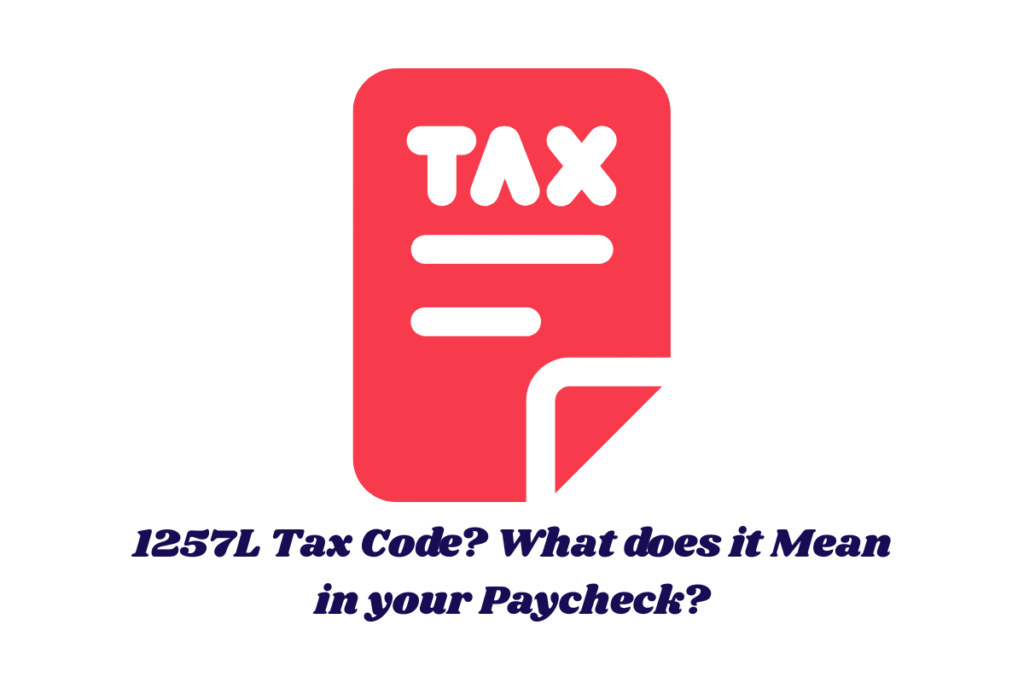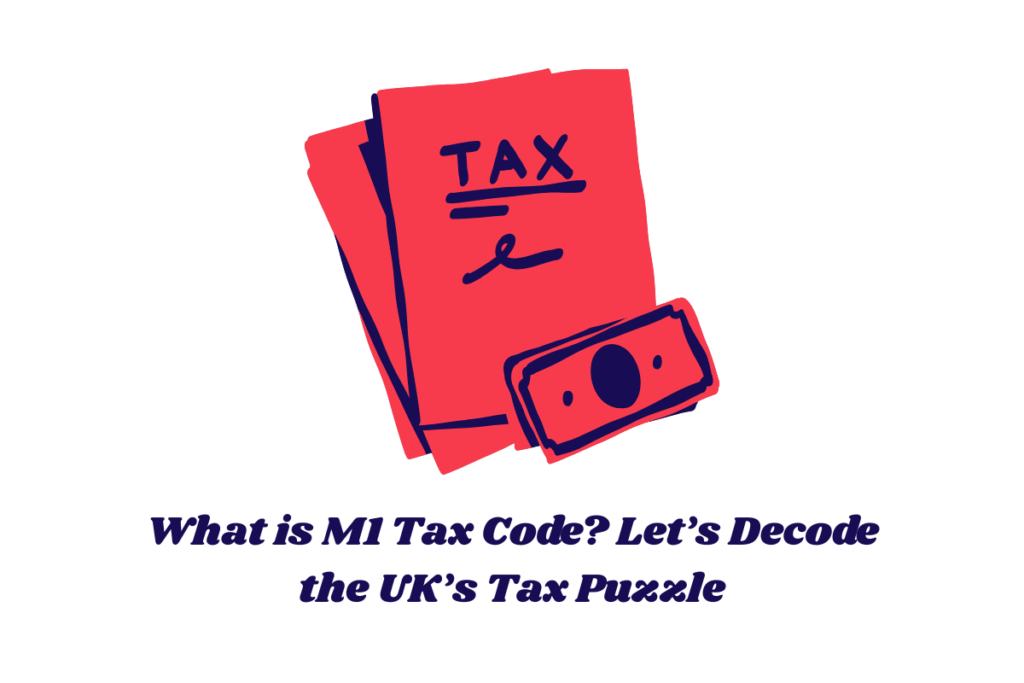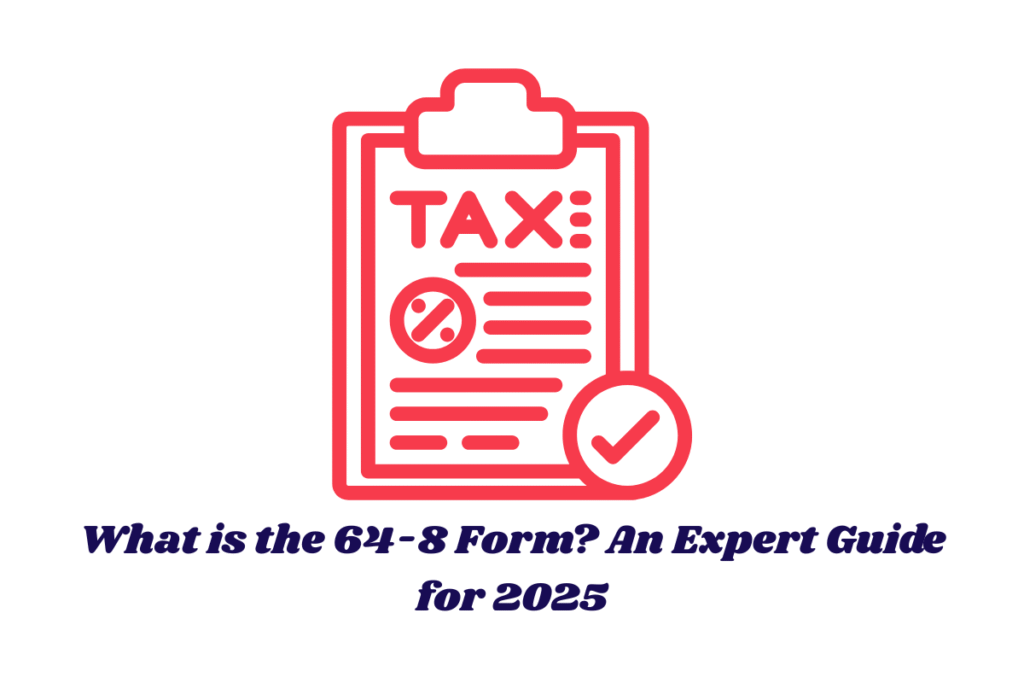A p60 form—officially known as the “End of Year Certificate”—is issued by your employer at the end of the UK tax year (6 April to 5 April). It summarises your total pay, Income Tax, National Insurance contributions, and any statutory or student-loan deductions for that tax year.
Who Receives a P60 Form (and When)?
If you are employed on 5 April, your employer must give you your p60 form by 31 May following the end of the tax year. You will receive a separate form from each employer if you held multiple employments.
Summary
“As an employee on 5 April, you get a p60 form by 31 May; more jobs = more forms.”
Why the P60 Form Matters
The p60 form is indispensable: it serves as proof of earnings and tax paid when filing a Self Assessment, applying for a mortgage, securing a loan, claiming benefit entitlements, or seeking a tax refund.
Summary
“This highlights the key practical reasons you need your p60 form.”
You can read more articles on different taxe codes in the UK:
1263L Tax Code: Really a Hidden Gem in your Paycheck
1257L Tax Code: What Does it Mean in Your Paycheck?
D0 Tax Code:HRMC’s Premium Rates Impact on You
500T Tax Code: Guide for UK Tax Payers in 2025
SA302: What is it and How to Get One on 2025?
What is M1 Tax Code: Let’s Decode the UK’s Tax Puzzle
What is 64-8 Form? An Expert Guide for 2025
What Information Is Included on the P60 Form?
On the p60 form, you’ll find:
- Employee details: name, National Insurance number, payroll number.
- Employer details: name, PAYE reference.
- Total pay (gross income), Income Tax deducted, National Insurance paid.
- Statutory payments (e.g. Statutory Sick, Maternity)
- Student Loan (and possibly postgraduate loan) deductions.
- Final tax code used.
- All this data helps verify HMRC compliance and supports accurate Self Assessment filing.
Summary
“This lists and explains the key contents of a p60 form.”
Updates for the 2025/26 Tax Year
For tax year 2025/26, HMRC has updated the p60 form specification to include:
- A new Statutory Neonatal Care Pay box, reflecting changes in statutory payment regimes.
- Removal of references to the abolished Lifetime Allowance, replaced by Individual Lump Sum Allowance and Lump Sum and Death Benefit Allowance.
These changes ensure that the form remains compliant with current regulations.Summary
“This highlights the key 2025/26 updates to the p60 form.”
What to Do If You Don’t Receive or Lose Your P60 Form
If you didn’t receive your p60 form by the end of May, first contact your employer—paper or digital copies must be issued.
If it’s lost, you can:
- Ask your employer for a replacement.
- Use your HMRC personal tax account or the HMRC app to view the same details as on a this form.
- Request a “Statement of Earnings” from HMRC if needed.
Summary
“This covers steps to take when the p60 form is missing or lost.”
Employer Responsibilities for the P60 Form
Employers must:
- Issue a this to all employees on payroll as of 5 April by 31 May.
- Ensure accuracy of all details—errors can harm employee tax records and may incur penalty.
- Keep copies of issued forms for at least three years for audit and regulatory purposes.
Summary
“This outlines employer duties regarding issuing and safeguarding the p60 form.”
Common Mistakes—and How to Fix Them
Errors to watch out for on your p60 form include incorrect National Insurance number, wrong tax code, or any mismatched figures.
If you identify an error, inform your employer immediately. They must correct the mistake and can issue an amended p60 form.
Summary
“This advises how to correct mistakes on your p60 form.”
Incorporating Credible Sources & Linking to HMRC
Link to HMRC’s official P60 guidance:
- The GOV.UK “P45, P60 and P11D forms: workers’ guide” page, which explains definitions and how to get the form. GOV.UK
Include other credible sources such as:
The content provided on TaxCalculatorsUK, including our blog and articles, is for general informational purposes only and does not constitute financial, accounting, or legal advice.
You can also visit HMRC’s official website for more in-depth information about the topic.










